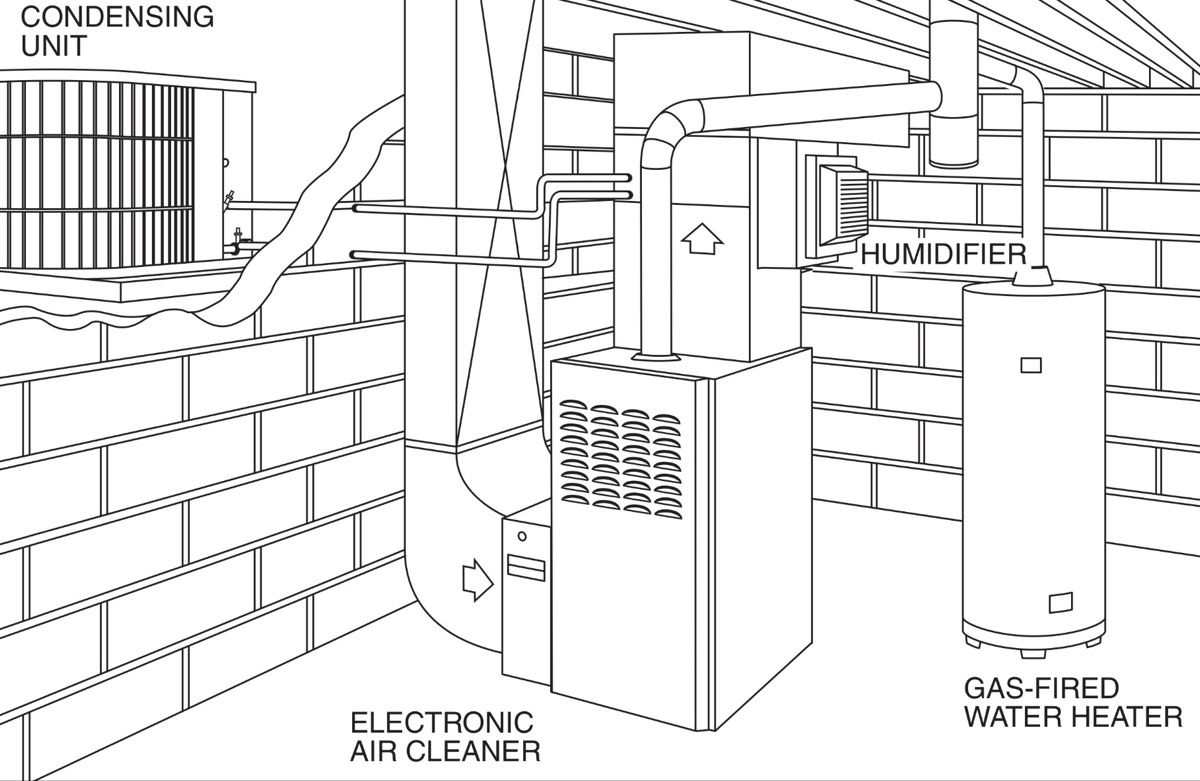Get Tech Tips
Subscribe to free tech tips.
Prevent Refrigerant Migration
Refrigerant migration is a natural process that occurs during the off-cycle. The refrigerants have an affinity for oil and seek out the lowest-pressure areas, so it only makes sense that some refrigerant would be drawn to the compressor crankcase and may condense there. When the refrigerants condense, they saturate the oil.
As a result, refrigerant migration is also the culprit behind slugging and flood back. These can both be fatal to your compressor. Even if you don’t get the worst possible outcomes when your refrigerant migrates, the migration will cause you to lose some oil. When the liquid refrigerant boils on startup, the reaction may rattle the compressor quite violently, which leads it to eject some of the oil from the compressor. When you lose oil, the compressor can’t lubricate all of its moving parts effectively.
This article will go over some strategies to help you prevent refrigerant migration from wreaking havoc on compressors in the off cycle.
Crankcase heaters

Many of us are probably already familiar with crankcase heaters. They do exactly what their name suggests: they heat the crankcase.
When the system is off, the crankcase gets cold, which may make the migrated refrigerant condense back to its liquid state. The condensation is especially prevalent and problematic in colder ambient conditions. I’m not saying that crankcase heaters aren’t important in Florida (because we still use them here), but they’re a lot less critical here than on a heat pump in Massachusetts.
Crankcase heaters use a simple electrical circuit to supply extra heat to the crankcase during the off cycle. The added heat prevents the refrigerant from liquefying and causing wear or putting the compressor at risk of slugging.
Crankcase heaters come in several shapes and sizes. You’ll probably see belly band crankcase heaters most frequently, which look like belts that fit around the compressor exterior. There are also insertion-type crankcase heaters that go inside the crankcase. We also used to use the compressor windings to heat the crankcase, but you won’t see those very often nowadays.
Crankcase heaters are good for preventing the refrigerant from migrating to the compressor and condensing inside it, but it isn’t a comprehensive solution. It doesn’t stop the refrigerant from migrating into the evaporator coil or flooded starts.
Liquid line solenoid valve

In essence, the liquid line solenoid valve closes off the liquid line. It prevents the refrigerant in the condenser from migrating to the evaporator coil and compressor during the off cycle.
The liquid line solenoid valve remains open while the system is running, and it closes when the system is off. That way, it stops refrigerant from entering the evaporator coil during the off cycle, but it doesn’t impede normal operation.
Like the crankcase heater, liquid line solenoid valves work well for their isolated section of the system. In this case, that's the liquid line between the condenser and the metering device. Liquid line solenoids don’t do anything to prevent the condensation of refrigerant that’s already in the compressor. If you want to use a crankcase heater with a liquid line solenoid valve, check the manufacturer’s literature to ensure it’s advised.
Pump down solenoid system

A pump-down system operates quite similarly to a liquid line solenoid valve, and it’s easy to confuse the two. Like the liquid line solenoid, a pump-down system stops refrigerant from migrating to the evaporator coil.
The pump-down solenoid system causes the liquid line solenoid to de-energize, but the compressor keeps running. That way, the system cycles off on a low-pressure switch. You can essentially cycle out any remaining liquid refrigerant in the evaporator and store it in the condenser coil.
In some cases, you may also benefit from using a crankcase heater. Before you make that call, it’s best to refer to the manufacturer’s specifications to see what they recommend for the model you’re working on.
You’ll have to prevent short cycling whenever you use pump-down solenoids. To do this, you can install a pump-out control, which allows the pump down to occur once without repeating an endless loop of short cycling.
Hard shutoff TXV

Also called non-bleed TXVs, hard shutoff thermostatic expansion valves work similarly to the liquid line solenoid. These hard shutoff TXVs close whenever the compressor shuts off to keep most of the refrigerant in the condenser coil during the off-cycle.
Depending on the system, you may need a hard start kit to help the compressor restart at times. Hard shutoff TXVs work to confine the liquid refrigerant to the system’s condenser side, which forces the compressor to start with an unbalanced load. Of course, it will depend on the system, but that’s something you should be aware of and look out for when you use a hard shutoff TXV to prevent refrigerant migration.
To learn more about hard shutoff TXVs, check out this article and this video.
As always, read your manufacturer guidelines before implementing these strategies. They’re there to guide you through the ins and outs of their systems so that you can make an informed decision about which control strategies to use.
P.S. – This Emerson bulletin also contains some useful information on migration, compressor failure, and control strategies to prevent compressor failure.










Comments
To leave a comment, you need to log in.
Log In